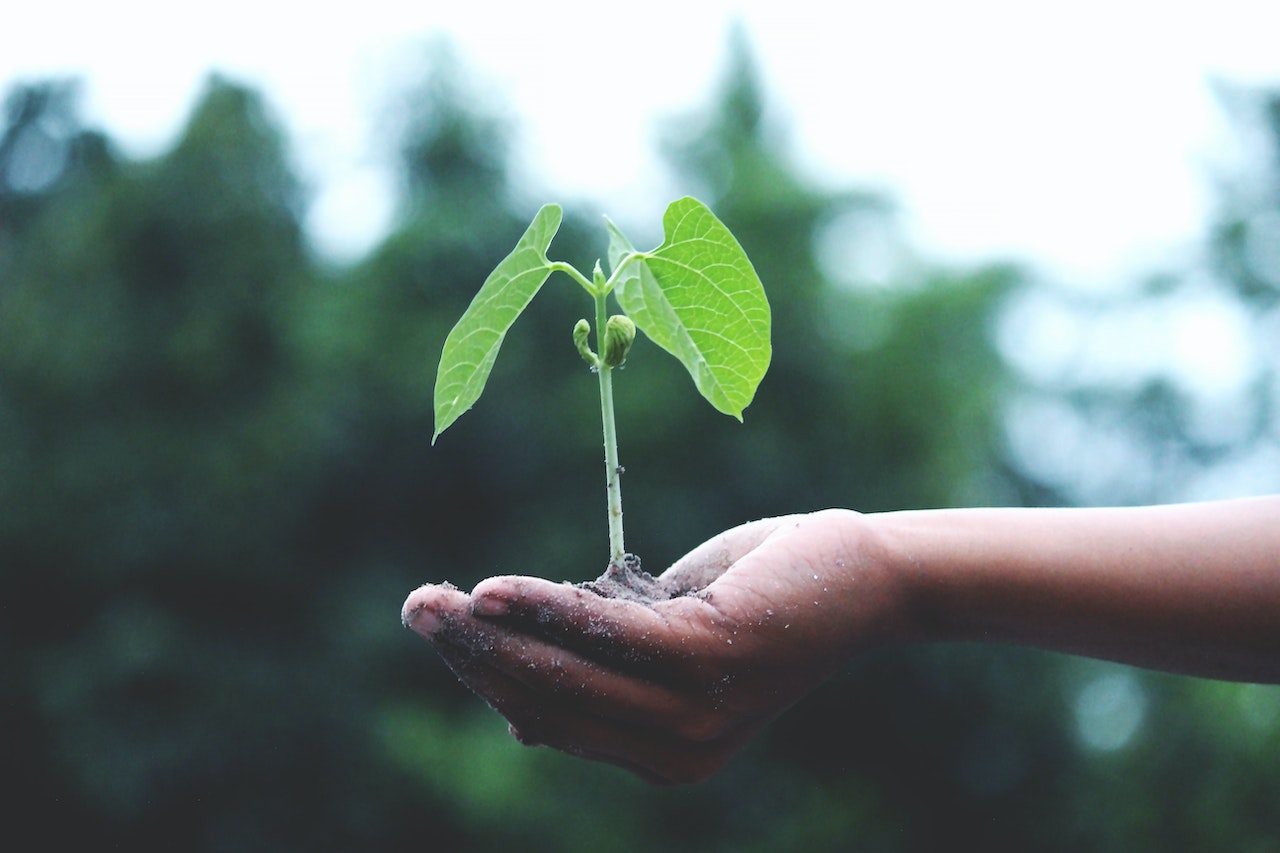This post was originally published on Sustainability Matters

A recent UNSW-led international study has assessed the levels of per- and poly-fluoroalkyl substances (PFAS) in surface and ground water around the globe.
PFAS are a group of over 14,000 human-made chemicals that have been popular since the 1950s thanks to their diverse abilities in resisting heat, water, grease and stains. They have commonly been found in household products like non-stick frying pans, clothing, cosmetics, insecticides and food packaging, as well as specialty industry products like firefighting foam.
Despite their utility, the chemicals have a more sinister reputation. Dubbed ‘forever chemicals’, they are notorious for not degrading any further once they’re in the environment — or in people’s bodies.
Concerningly, the study found that much of our global source water exceeds PFAS safe drinking limits.
“We already knew that PFAS is pervasive in the environment, but I was surprised to find out the large fraction of source waters that are above drinking water advisory recommendations,” said UNSW Engineering Professor Denis O’Carroll, senior author of the study.
“We’re talking above 5%, and it goes over 50% in some cases.”
The research team pulled together PFAS measurements from sources around the world, including government reports, databases and peer-reviewed literature. Altogether, they collated more than 45,000 data points, which span roughly 20 years. Their study is reportedly the first to quantify the environmental burden of PFAS on a global scale.
High concentrations of PFAS were found in Australia, with many locations above recommended drinking water levels. This tended to be in areas where firefighting foams had been used in the past, like military institutions and fire training facilities.
O’Carroll stressed that these PFAS traces are found in source water, such as dams, and not drinking water itself, which goes through treatment plants, some of which are designed to reduce the amount of chemicals such as PFAS in our water before it comes out of the tap. However, some water providers — eg, Sydney Water — don’t routinely measure the broad range of PFAS potentially in our drinking water, O’Carroll said.
“Drinking water is largely safe, and I don’t hesitate drinking it,” he said. “I also don’t suggest that bottled water is better, because it doesn’t mean that they’ve done anything differently than what comes out of the tap.
“But I certainly think that monitoring PFAS levels and making the data easily available is worthwhile.”
Most people in Australia are likely to have low levels of PFAS in their bodies. The potential health risks are poorly understood and haven’t been agreed on universally. While an Australian Government expert health panel found there is “limited to no evidence” that PFAS poses clinically significant harm to human health, peak bodies in the US and Europe suggest that PFAS is linked to adverse health outcomes, and last year the WHO declared PFOA, a type of PFAS, a category one human carcinogen.
There is also a lack of consensus as to the acceptable level of PFAS in drinking water, with Australia allowing significantly higher limits than the US, and Canada being much stricter than both countries.
“There’s debate about what level PFAS should be regulated to,” O’Carroll said. “Australia has much higher limits than the US, but the question is why.
“Both health bodies would have different reasoning for that, and there’s not a really strong consensus here.”
The study suggests that actual PFAS pollution in global water resources could be higher than suspected. This is partly because only a limited number of the 14,000 PFAS in existence are monitored and regulated, and also because the levels of PFAS in consumer products are higher than expected.
“There’s a real unknown amount of PFAS that we’re not measuring in the environment,” O’Carroll said. “Commercial products like garments and food packaging have a lot more PFAS in them than we realise.
“This means we’re likely underestimating the environmental burden posed by PFAS.”
The team is now attempting to quantify the level of PFAS from commercial products in the environment. It is also working to develop technologies that can degrade PFAS in drinking water systems, and looking at developing predictive models that determine where PFAS will go in the environment.
“Part of this is figuring out how PFAS will associate with different parts of the environment and our bodies — proteins, for example,” O’Carroll said.
These new studies will be in progress over the next two years, with the aim of being completed by 2026. The findings of the current study have been published in Nature Geoscience.
Image credit: iStock.com/LKR Photography





0 Comments